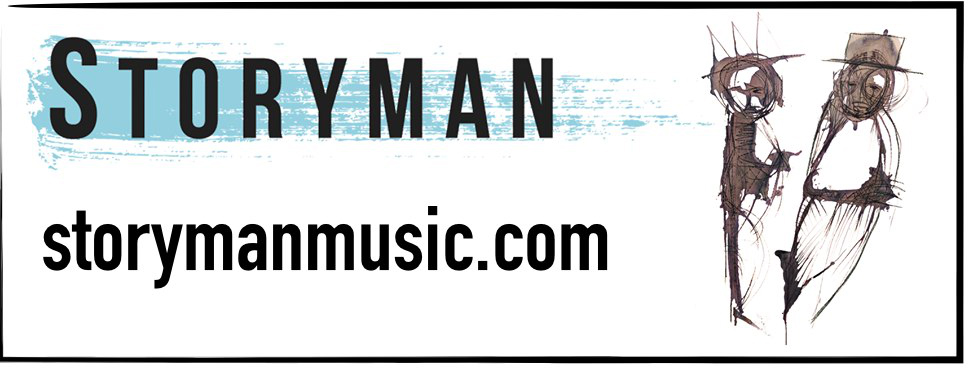SciWorks Radio is a production of 88.5 WFDD and SciWorks, the Science Center and Environmental Park of Forsyth County, located in Winston-Salem. Follow Shawn on Twitter @SCIFitz.
Lurking in the Eastern forests, from Mississippi to Maine, is a living hybrid. With the combined

traits of three distinct animals, it's a survivor, and a better predator.
The Eastern Coyote is genetically altered by Mother Nature through her experiments in evolution. It is around 90% Coyote, according to Dr. Roland Kays, Research Associate Professor of the NC State University Department of Forestry and Environmental Resources and author of the new book, Candid Creatures: How Camera Traps Reveal the Mysteries of Nature.
(Click here to listen to a previous SciWorks Radio episode featuring Dr. Kays)
We know that eastern coyotes are larger than western coyotes and that their skulls are wider. That gives them more room for muscle attachment, which gives them stronger bites, and it probably helps them take down large prey. There's a lot of white-tail deer in the east coast and eastern coyotes eat deer more than western coyotes.
It's the genes from the coyote's close evolutionary canid cousin, the wolf, that add size and strength. But there are also genes from another close cousin, and brother to the wolf-- the dog.
When you see, for example, a coyote that looks like a german shepherd, or has a really red coat, or has a really black coat, or has a really pale coat; these color variations you don't see in the western coyotes nearly as much, so we're pretty sure that this must be coming from the dog.
So, just like my own dog, we know it's there. But good looks aside, we haven't really figured out if it has a purpose.

Even though they are closely related, coyotes don't like to breed with wolves or dogs, so how do you get a combination of all three?
Most recently, in the 1800s, the wolves were driven down to almost nothing. They were driven out of many areas, and coyotes and wolves don't normally want to breed together. But when you have, say, the last wolf; can't find any other wolves to breed, so when a female comes into heat, that is the situation when we think they bred with coyotes; when they suddenly had no other choices, other than that. So that's when we got the first coyote-wolf hybridization, and the dog hybridization came much more recently, some time in the last 50 years or so. That scenario, we think, unfolded when the coyotes, which at that point had some wolf genes, were first moving into the eastern states. And, so you can imagine the same scenario, where the first coyote to cross the St. Laurence from Ontario into upstate New York and had no other coyotes to breed with, but there would have been feral dogs running around, and so, she took the best she could get.
In evolution, generally, an organism is born with a mutation. If it's an advantage for survival, those genes will get passed on. Think of hybridization as forcing a mutation, and possibly accelerating evolution.
Evolution creates this new mix of genes, and selects which variants survive the best; and those go on to pass on their genes. Usually, the hybrid animal is not going to be as well-adapted to the environment as either of the parents. However, if you suddenly have a change in the environment, suddenly, maybe that hybrid is. And that is certainly what has happened in the United States, where the coyotes and the wolves were adapted to a certain environment. Now that we have roads and cars and guns and different prey species, these hybrids have actually survived better in some cases.
This kind of genetic experimentation is more common than we once thought, and has happened before. In fact, there are hybrids very, very close by.
Many of us have genes from Neanderthals, from another early hominid called the Denisovians, and there are some other early hominids in our mix. And those genes have intermixed into our whole population, and maybe even given us some advantage over pure-blood homo sapiens.
It's amazing to see evolution happening, not over millions of years, but over a few generations. And it shows you how dynamic life is, and how fast some animals can adapt to the environment. It also shows the interesting parallels between humans and coyotes. Both are very adaptable, have colonized lots of new areas, and have done it with genetic help of their kin.
"This Time Round," the theme music for SciWorks Radio, appears as a generous contribution by the band Storyman and courtesy of UFOmusic.com.
300x250 Ad
300x250 Ad

